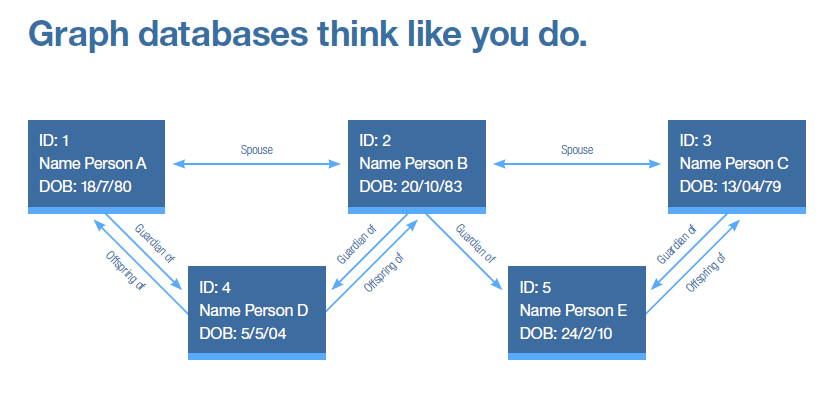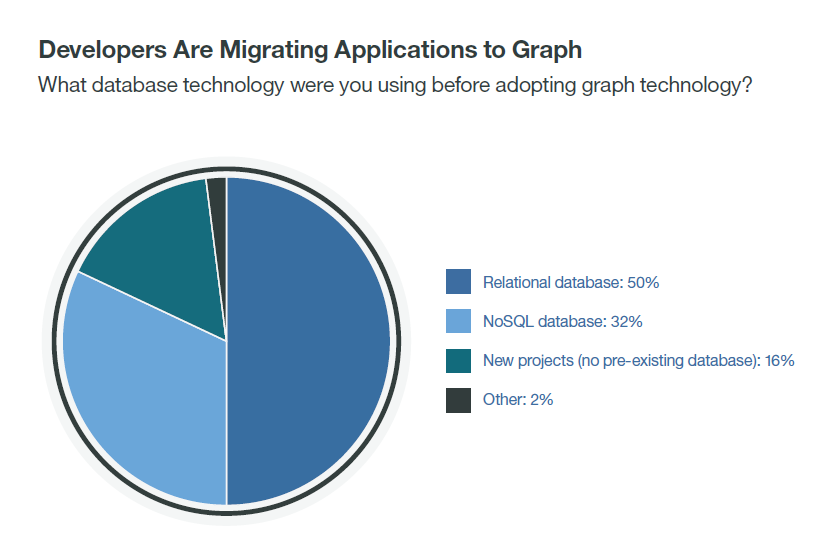
Speed: The No. 1 Reason to Adopt Graph Tech

Organizations that have adopted graph databases cite high performance as the technology’s top benefit, according to the “State of Graph Databases” study, which IBM released today.
IBM worked with the survey company TechValidate to assess the use of graph database technology among nearly 1,400 entrepreneurs and developers around the world. The results were published today in a 37-page report.
Nearly six out of 10 graph adopters across all industries and surveyed by IBM say speed and performance of graph database provided the most value to their organizations, followed by discovery (54%), searchability (48%), and flexibility (46%), and visualization (44%).
Slow batch processes and sluggish application performance tied for the top reason (cited by 37% of respondents) that organizations turn to graph databases in the first place, according to the study. Problems in bringing in new data sources (33%), missed correlations between data (32%), cumbersome development processes (30%), slow testing cycles (18%), and ineffective fraud detection (16%) rounded out the top responses.

Source: IBM “State of Graph Databases”
Graph databases can deliver responses to queries much faster than relational databases for certain types of highly normalized data. The advantage stems from the way that graph databases store data – using groups called nodes that are connected to other groups via edges. This increases the connectedness of the data, and delivers answers many times faster than a relational database can using CPU-intensive table scans and joins.
The report found that 50% of respondents moved to graph databases from relational database, which isn’t surprising, since it remains by far the most common type of database in use. Nearly one-third of respondents report migrating away from NoSQL databases (graph is often considered an advanced type of NoSQL database), while 16% report that the project was new and didn’t previously use a database.
Migrating a database is no trivial activity. But according to the study, the advantages of graph technology were so great that 82% of respondents reported they’re willing to refactor their applications to get the benefits of graph.

Source: IBM “State of Graph Databases”
Graph databases also bring their own learning curve, both for the administrators who will manage the database and the programmers who will develop applications that run on them. For example, IBM’s Graph service, which is based on the Titan project, relies on Gremlin, the graph traversal language used by Apache Tinkerpop, while Neo4J, the popular graph database developed by Neo Technology, uses a language called Cypher.
While graph databases have their costs, the benefits appear to be great enough to justify continued adoption. Dr. Marko A. Rodriguez, a graph expert and Project Management Committee Member for Apache TinkerPop, says graph databases and the ecosystem of technologies “can yield elegant, efficient solutions to problems in knowledge representation and reasoning.”
Dr. Rodriguez continued: “People are excited about graphs in the context of data management and
processing … because they are realizing that many problems can be represented as a graph and solved efficiently using graph traversal techniques,” he said in the report. “No longer are graphs relegated to mathematical inquiry. This previously underutilized, fundamental data structure is now applied to numerous engineering problems.”
The five most popular use graph cases, according to the study, are: network and IT operations (cited by 44% of respondents); master data management (40%); forensics/fraud detection (37%); personalization and real-time recommendations (37%); and identity and access management/resource optimization (36%).

Source: IBM “State of Graph Databases”
While graph databases are often lumped into the big data analytics category, they’re actually used more often in a transactional manner. The study found that 43% of respondents reported using it for transactional analytics, while 29% used graph for batch analytics.
IBM also included a variety of comments from respondents in the study that shine light on the reasons they chose graph technology.
“For domains that have a good fit, graph provides zero friction between model and implementation, which results in exponential savings in time and effort,” said an application architect at a large financial services company. “Creativity goes way up when our data model matches our mental model,” said another architect at a large enterprise software company.
“Graph helps us discover previously hidden relationships between data,” said an IT specialist at a large distributor. “Graph provides the ability to find, in very short intervals, correlations between previously unrelated data points.”
Related Items:
5 Factors Driving the Graph Database Explosion
IBM Seeks to Simplify Graph with New Titan Service
Graph Databases Everywhere by 2020, Says Neo4j Chief



























